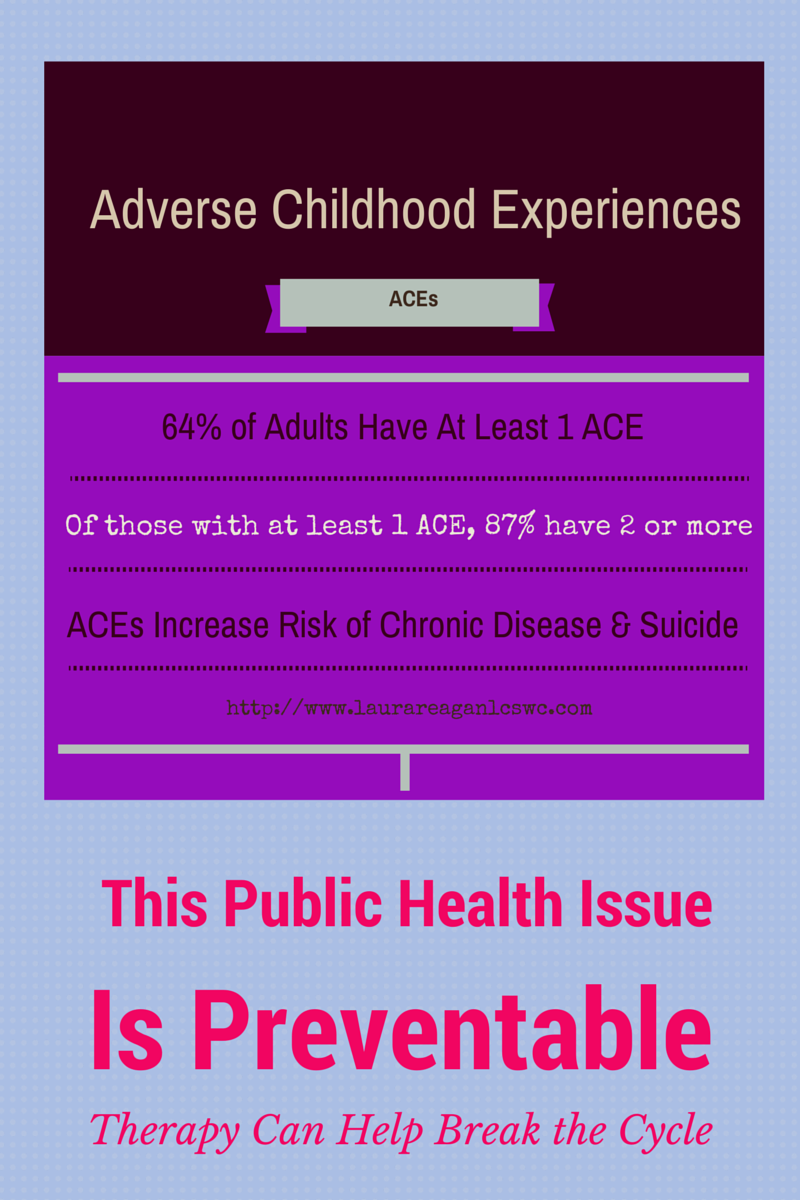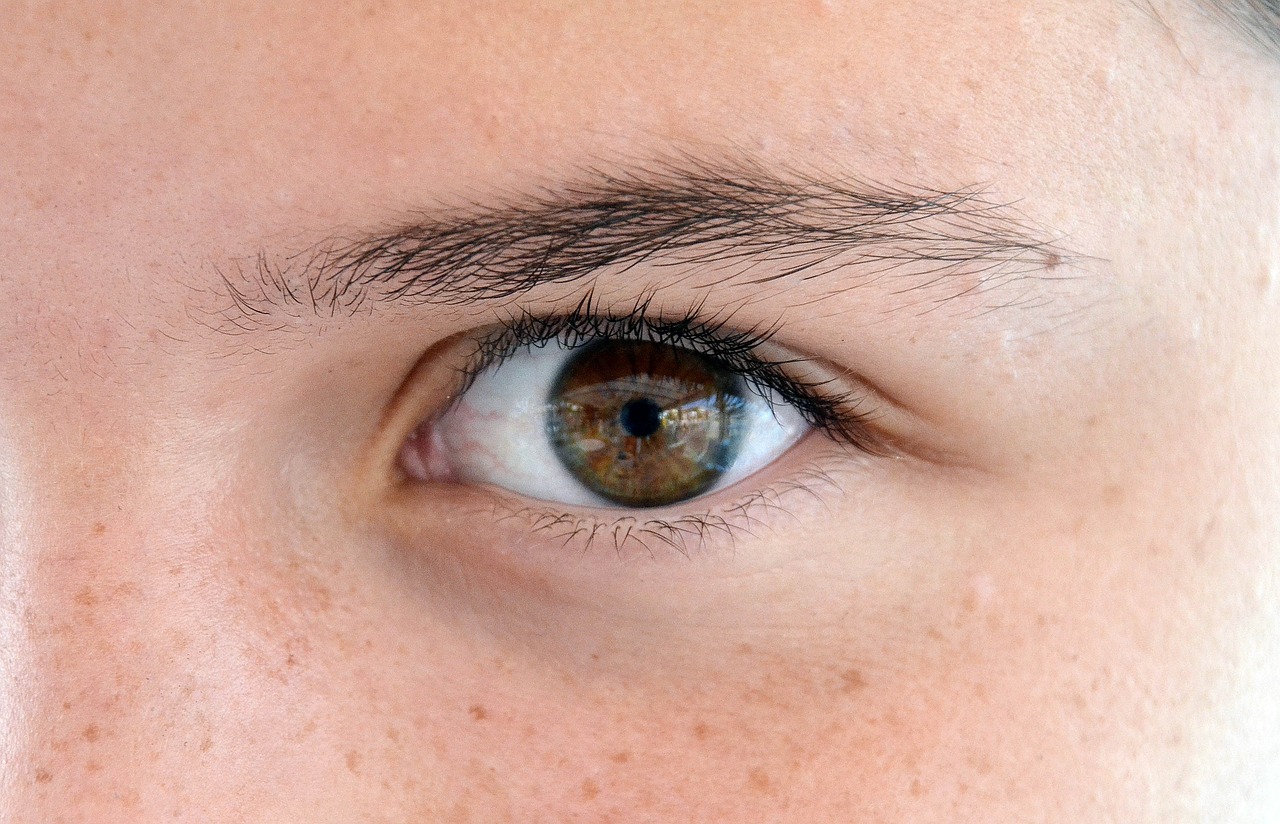In the latest edition of my blog series on holistic and alternative methods to complement traditional talk therapy, I am excited to interview Cathy Canfield, MSW, LCSW, LICSW. Cathy practices in Northern Virginia and Washington, D.C. where she offers Eye Movement Desensitization and Reprocessing, which is commonly called EMDR.
If you've been following the series, you know that a couple of weeks ago I interviewed Kara Falck, MSW, LCSW-C, LICSW, who offers another somatic, or body-based therapy technique: Sensorimotor Psychotherapy - in her Baltimore area practice. You may be wondering about the differences between these interventions. I plan to cover that subject in a future blog post.
EMDR is one of the somatic therapy interventions which has been studied quite a bit and research indicates that it is an effective treatment for trauma. This article from the EMDR International Association ("EMDRIA") explains the phases of EMDR treatment to help potential clients understand what to expect and how the process works. The National Center for PTSD (Post-traumatic Stress Disorder), which is a program of the VA, states that EMDR is effective to help veterans and others with PTSD heal on this page from their website.
Read on after the image for my interview with Cathy!
Tell me about your work. What is EMDR?
During an EMDR Therapy session, we use a standardized process to access the brain’s information processing system. This may include the use of eye movements or other forms of bilateral (left-right) stimulation. Through EMDR, negative memories are re-processed by the brain in order to form a new emotion associated with the memory. It's like reorganizing the filing system in your brain to be more effective.
What benefits does EMDR have? Are there any risks? Who is a good candidate for EMDR? Who should not participate in EMDR?
Eye Movement Desensitization and Reprocessing (EMDR) Therapy is used by specially trained psychotherapists to treat anxiety, panic, fear and depression. EMDR has been extensively researched and proven effective for the treatment of traumatic or stressful experiences. It has more recently been used for treating depression, chronic pain and poor relationships.
Many people who come to me for therapy services are affected by trauma, anxiety and depression. How does EMDR help people with these issues?
EMDR Therapy helps people not be driven by the past and past memories in the present. It eliminates past triggers in our daily lives by processing memories cognitively, emotionally and through the body.
What else do you want people to know about yourself and the services you offer?
My passion is to provide people routes to healing that include both verbal and non-verbal methods. That is why I love play therapy, sandtray, have an art therapist on staff and practice EMDR Therapy.
Cathy Canfield, MSW, LCSW, LICSW, is a psychotherapist with a background working with individuals, children and teens, specializing in EMDR (Eye Movement Desensitization and Reprocessing) Therapy, Child-Centered Play Therapy, anxiety, depression, relationship issues, transitions and trauma. She believes that within all of us is the way to healing, we just have to sometimes work hard to uncover the path. You can find Cathy online at www.counselingofalexandria.com. Visit her site if you are considering therapy or give her a call at 703.650.9195! You can also send an e-mail to cathy@counselingofalexandria.com.
I love the fact that Cathy offers her clients at Counseling of Alexandria the opportunity to use non-verbal methods as well as talk therapy to process their feelings. Children, in particular may lack the words to describe their experiences and/or to name their feelings. As mentioned in my last post of this series, art therapy is a great option for helping us connect with and express our emotions. I want to learn more about sandtray so look for a future blog post on that subject!
If you'd like to read more of my blog posts and other articles I share, follow me on Twitter, Facebook and Pinterest to read more of my blogs and other articles I share. You can also sign up for my e-mail newsletter to receive occasional updates on blog posts and articles of interest as well as upcoming groups, intensives and workshops. My women's group begins April 2, 2015. I will also be offering one intensive women's weekend in July this year using The Daring Way™ method, based on the research of Dr. Brené Brown. I'm working on lots of fun stuff so I hope you will check back to see what's new! And drop me a line in the comments below to tell me what you think about EMDR!
Sources:
EMDR International Association. (n.d.). What is the actual EMDR session like? Retrieved from: https://emdria.site-ym.com/?120
National Center for PTSD. (n.d.). Treatment of PTSD. Retrieved from: http://www.ptsd.va.gov/public/treatment/therapy-med/treatment-ptsd.asp






